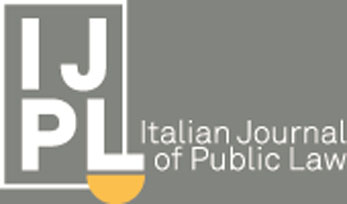Stefano Civitarese Matteucci, Virginia Campigli, Alfredo Cartone, Melania D’Angelosante, Gianlorenzo Ioannides, Mara Maretti
Abstract
This article expounds on the findings of European-financed research concerning how different States grappled with the socioeconomic consequences of the pandemic and to what extent one can envisage non-marginal institutional and policy changes in the post-pandemic phase. The article investigates any connection between what the States are promising and the social impact of the COVID-19 crisis, appraising the general orientation of social policy reform in terms of institutional design and “philosophical” inspiration.
By the latter, we mean a social rights-based approach and an active social policy approach, also termed social investment. The Recovery and Resilience Facility (RRF) is intended to bring about essential change. The approach is interdisciplinary, involving legal and sociological analysis, and relies on extensive and reliable information to chart specific policy patterns valuable for decision-makers.
Therefore, rather than only examining how policies impact the socioeconomic situation, we also analyze how the socioeconomic situation influences the general political response. To this end, the article assesses a set of national jurisdictions against the backdrop of supranational legislation, such as the Recovery and Resilience Facility (RRF), , intended to bring about essential change.
The approach is interdisciplinary, involving legal and sociological analysis, and uses much reliable information to chart specific policy patterns valuable for decision-makers.
TABLE OF CONTENTS
- Introduction. Active social policy vs social rights?
- Methodological issues
- The choice of the sample. Welfare Worlds and Constitutional Commitments to Social Rights
- What we searched for in the Recovery and Resilience plans
- Social indicators. Expenditure for Social Protection (social rights-based approach) and Opportunity and Activation (active social policy approach)
- The fundamental orientation of policy reform
- The impact of Covid
- The structure of the sampled national plans and social tools
- The impact of resources intended for social use
- Fighting poverty
- Social inclusion and work policies
- Conclusions
